
pixmite
-
Posts
231 -
Joined
-
Last visited
Content Type
Profiles
Forums
Events
Posts posted by pixmite
-
-
There is only one, singular problem I have found... halos around the alpha mask. The alpha goes to zero, to black... if your mesh group doesn't have 100% transparency, you get a halo of 100% transparency from the black. There are ways to hide this.
Vernon "!" Zehr
Couldn't one make a slightly larger Non-transparent decal to cover the halo area of the tranparent decal?
Pixmite
-
Vern:
After looking at the enclosed project, it looks like you did way with the underlining material all together and built the two separate materials out of two mutially excusive decal maps using the same stamp and then applied as many images as necessary to conver all of the surface attibutes of the original materials. Neat approach, to bad we couldn't use at least one of the orignal materals though.
Pixmite
-
All:
I think I just figured it out...
Buy using two images applied via the same decal stamp. The first is the color one and the second is a transparancy one that has its alpha chanel defined to eliminate the transparency in the ares of the color decal. I can then keep adding images to the same stamp to reset the glass attibutes to the ones that my opaque surface should have. Thanks everyone for the suggestions!
Pixmite

-
Couldn't you make a transparency decal in lieu of a glass material? Just cover the transparent areas with tranparency and leave the frame untransparent.
Well, this would create a frame but the areas that are transparanet would not hava any glass properties giving me a different probelm.

Pixmite
-
Never mind the PS part I just found them...
-
Fellow AMers:
I’m building a model of a WWII fighter plane and I’ve run into a decaling challenge that I didn’t foresee with the canopy. The plan was to use a simple spline geometry for the canopy shape, apply a glass material to the shape and then add a detailed decal to represent the canopy support structure (frame) on top of that.
It appears that the frame structure decal is adopting the transparency of the underlining glass material, which makes the frame almost completely transparent. I can see that this would be a good thing in most cases, i.e. making sure that the decal has the correct surface properties, but this there a way to turn this off for the transparency attribute? Short of adding all of the individual detail of the cockpit frame to the model as splines, is there a better way to approach this? Perhaps a simpler question is; if you were to add an opaque decal to a glass material how would you do it? Any pointers would be greatly appreciated.
Pixmite
P.S. Anyone know what happend the AM, 11.1, 12.0 forums? I cannot see them in the froum menu anymore.
-
Thanks for sources and the tips. I didn't think about editing screen captures.
Pixmite
-
Fellow AMers:
I'm looking into creating and Anime style character, but I'm having trouble finding a good source of Front / Side head shots of the same character and of the same scale. can any one point me to a good reference material? Thanks!
Pixmite
-
I should also state that since my propeller bone what I constrained to aanother bone that was rotating at a constant rate, I only experienced a slow down in rotation. The the prop never actualy went backwards.
Pixmite
-
I'd probably agree with the Nyquist thing.
But, then again, you'll be Nyquist limited at anything over 30 RPS (1 rev/frame), so why bother? It will give the "authentic" look that you would expect on TV or film.
So what I'm hearing is that I should limit my rotations something less that 30 RPS. I would agree that would most likely fix my slow down issue, but limit the depicted RPM rate to about 1800 RPM. Then the next question becomes how would one simulate RPMs greater than 1800?
An idea I can try:
Create a pose to stretch the propeller blades to make them wider (in the arc of their rotation) introduce a bit to transparency and pull back on the throttle pose slider to give a bit of Nyquist effect. Any other thoughts?
Pixmite
-
Fellow AMers:
Well I got the Throttle control to work…
 Well sort of…
Well sort of…  using the indirect method of using a pose to adjust the enforcement of a roll like constrained propeller bone to another bone with a constant rate of rotation set up to do so with an expression Rot.Z = GetTime()*16200.
using the indirect method of using a pose to adjust the enforcement of a roll like constrained propeller bone to another bone with a constant rate of rotation set up to do so with an expression Rot.Z = GetTime()*16200.What do I mean by kinda? Well, as I increase the enforcement of the pose over time in an action the prop does accelerate nicely, but then slows down and speeds up several times as the pose enforcement increases to 100%.
 My guess is that something about this set up isn’t linear mathematically or that since the final RPM is well past the Nyquist rate the rotational vales are jumping so far ahead that when MODed by (360) resulting values make it spin at a decreasing rate.
My guess is that something about this set up isn’t linear mathematically or that since the final RPM is well past the Nyquist rate the rotational vales are jumping so far ahead that when MODed by (360) resulting values make it spin at a decreasing rate.Any thoughts on this? Maybe I should set the max RPM to be at the Nyquist rate?
Pixmite
-
He was trying to animate an expression with a pose, which I don't know if that's possible. Here's a movie of the animated prop.
mtpeak2:
Yes, I was trying insert a user imposed/controlled variable in to an expression directly, i.e. a pose percentage. I like your idea of getting around this indirectly through a pose to set the roll like enforcement percentatge. Its ashame that one cannot do this directly, maybe in the next version. I try out your solution and see if I can tweak it for the RPM settings I'm shooting for. Thanks for pushing me in the right direction (or should I say twisting me?)

Pixmite
-
I too would be very interested in a tool to help me with the development of terrain so that I can focus my attention on other aspects of my animations.
Pixmite
-
Doug,
Here's a crash course in using an Alpha channel as part of a decal:
I'm hoping you have a copy of Photoshop or some other program that allows you to create an Alpha channel for your decal. In photoshop you click on the channels folder. If this in not visible, pick it from the windows menu. At the bottom of this window there will be a icon that looks like a dogeared piece of paper. Clicking this will add a channel called Alpha 1.
The Alpha channel works like this: areas in the channel that are completely white will let 100% of your original picture through. Areas of the channel that are completely black will let 0% of your original picture through. Areas that 50% black, i.e. grey will let 50% of your original picture through. Think of white as being clear, back as bing opaque and grey being half way in between (kinda like Sun Glasses).
So how do you use this to solve your problem? Add an Alpha channel to your decal image. Using the lasso tool in photoshop - or equivalent in another tool - select the area that is outside of your eyes/mouth in the layers window. Go back to the channels window, select the Alpha channel and fill this area with 100% black. Select the inverse and fill this area with 100% white. So when you're done your alpha channel should kinda look like a negative of your original picture, i.e. white eyes/mouth on a black background. Save this file as a 32bit TGA image. This format will retain the Alpha channel transparency information.
Apply this image to your model as a decal in place of the old one. What it will do is only apply the portion of your decal where your alpha channel was white, i.e. eyes/mouth. The remainder of the decal will be blocked because the alpha channel was back in those areas.
Hope this helps, but if it didn't, try searching forum on Alpha channel use. They are powerful tools when you get to know how to used them.
Pixmite
-
Have you tried to use a decal image with an Alpha Channel to block everything except the Eyes/Mouth etc?
Pixmite
-
I've had similar problems but they have not been limited to just version 11. There's probably a good way to lock down the other bones, but until I find it here's what I do to avoid the problem:
Use the keyboard short cut "R" to bring up the bone rotation manipulator in your relationship window. Then either use the manipulator to rotate the bone, or better still, type in the values you want from the properties window -> this helps avoid slight rotational deviations in directions you don't want.

Pixmite
-
Looks nice! perhaps you could add a Dragon roost on your mountain top.
Pixmite
-
Thanks for the suggestions everyone!
-
Since no one has come up with any other ideas to this point I guess what I can do is render the action and play it back in real time. (I was hoping to avoid this)
Pixmite
-
Thanks John, I'll take a look for it.
-
If you are going to use a cookie cut without an alpha channel you'll need to set a background color in AM to matches your image's background color. If you do set a background color and your image has any antilasing, the edges will still be messy.
I suggest that you teach yourself a little about alpha channels. The are a number good tutorials out there on them and once you get a feel for them, you'll find that they are pretty powerful tool when used in conjunction with AM.
The short/short version: Think of an Alpha channel a black&white stencil or mask, areas that are white let your image shine through, areas that are black block it. Areas that are grey let a percentage of your image through. Hope this helps.
Pixmite
-
Fellow AMers:
I have a character in 11.0 with a skirt and am currently working on a walk action. Can someone please layout the steps of turning the cloth simulation that takes place during the walk into an action so than I can combine it with my walk action to form a composite? Thanks!
Pixmite
-
Are you using an Alpha channel to limit the image to the flower only?
Pixmite
-
Recently I added some 11.0 hair to a character that I’ve been working on. I’m generally pleased with the result, but I’ve seemed to give myself a new challenge.
 The walk cycle that I had created prior to the application of the hair will no longer run I real time. It seemed to be bogged down by the hair I had just added, so I set the pre roll to 0:00 and set the hair emitter to not draw. Real time improved, but is still far from useable. Anyone have any other suggestions of bit I can flip to improve my real-time display of my walk action while maintaining the geometry detail -> Required to see the full effect of the changes to key frames?
The walk cycle that I had created prior to the application of the hair will no longer run I real time. It seemed to be bogged down by the hair I had just added, so I set the pre roll to 0:00 and set the hair emitter to not draw. Real time improved, but is still far from useable. Anyone have any other suggestions of bit I can flip to improve my real-time display of my walk action while maintaining the geometry detail -> Required to see the full effect of the changes to key frames?Pixmite

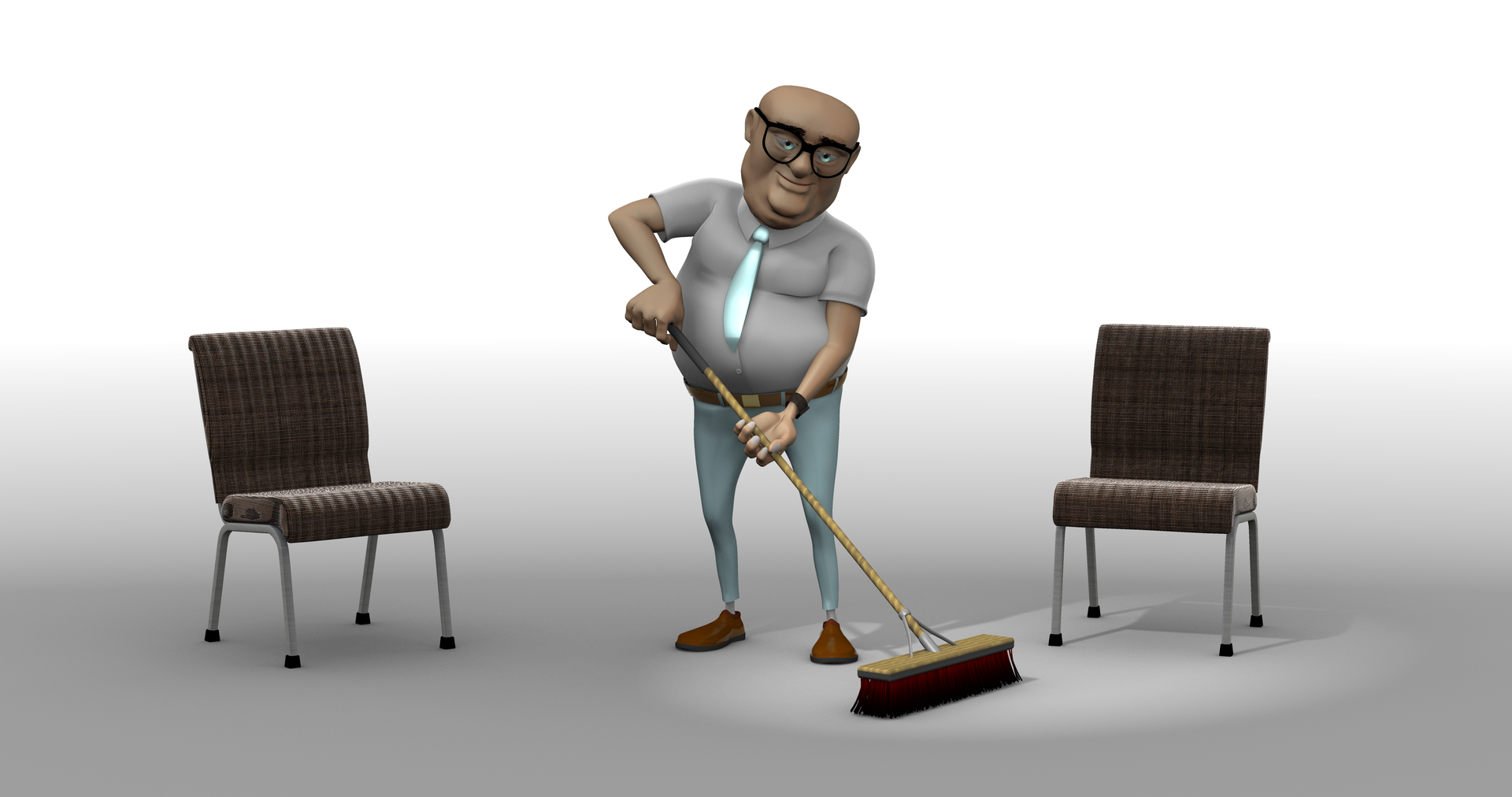
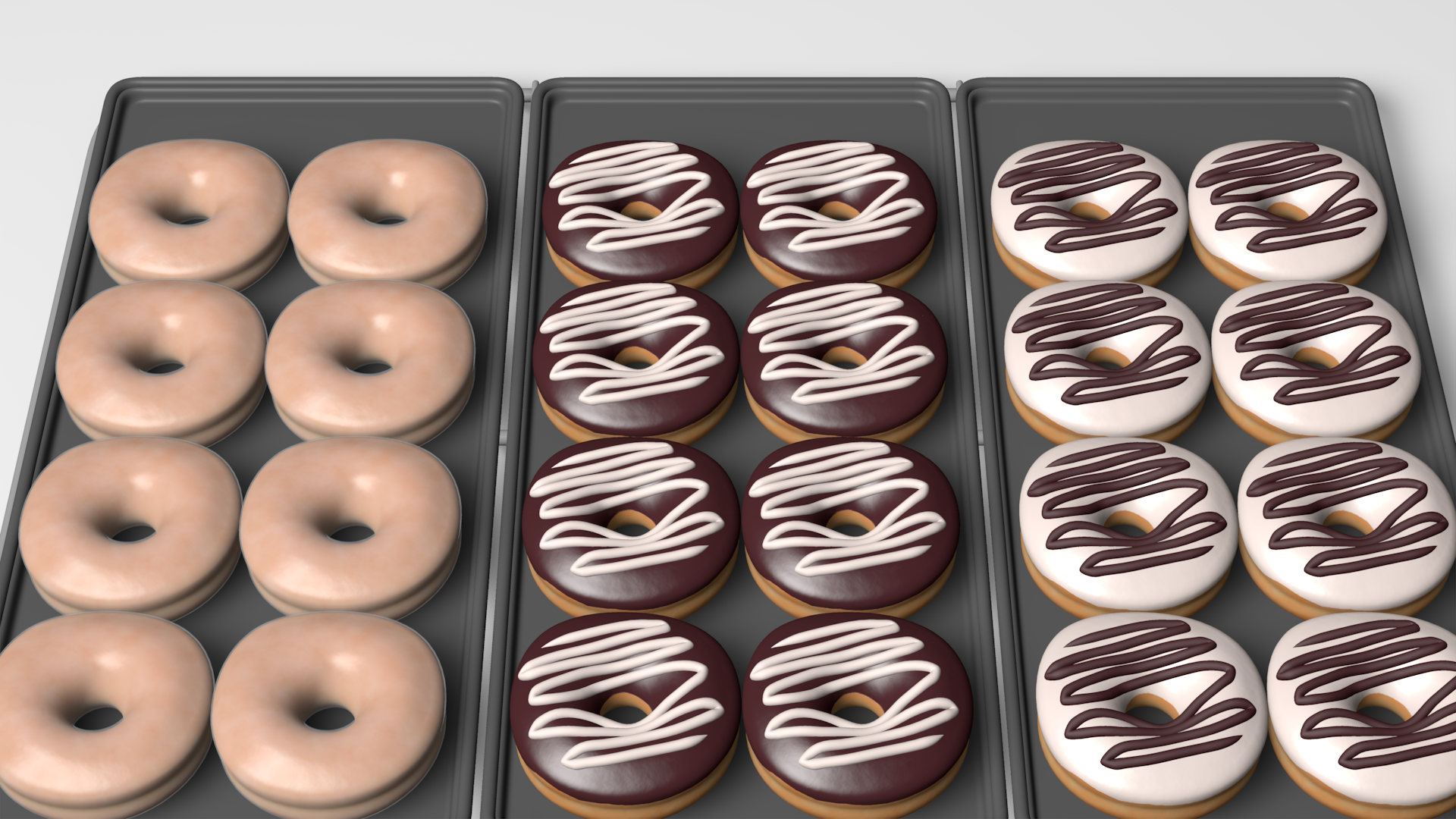
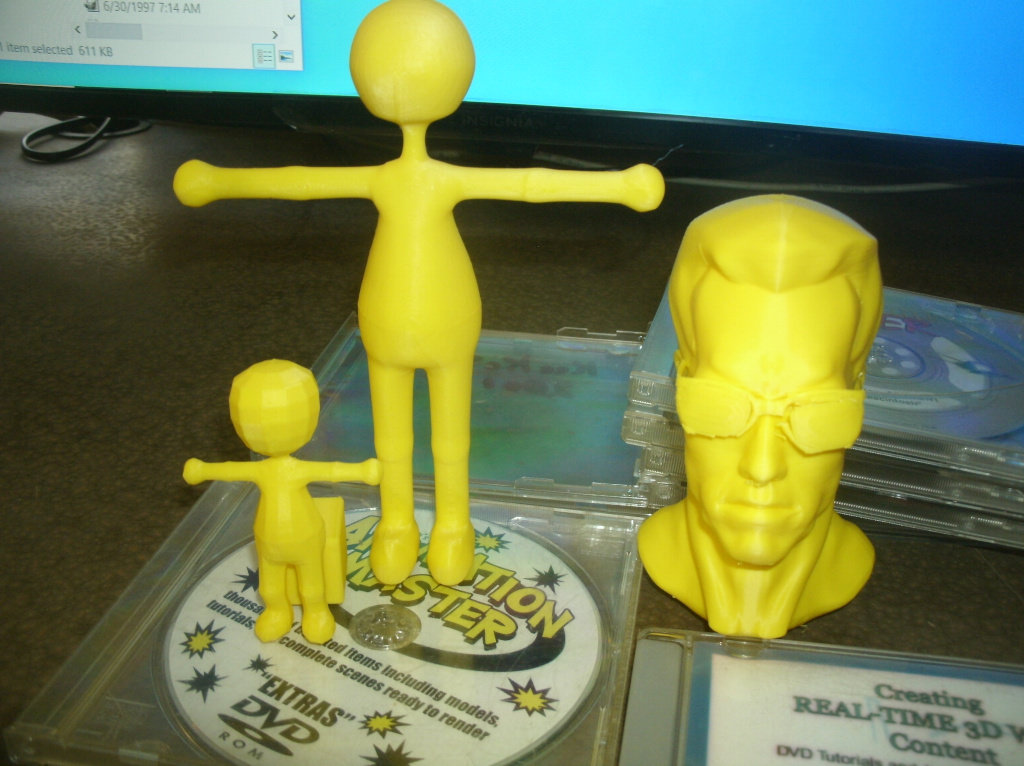
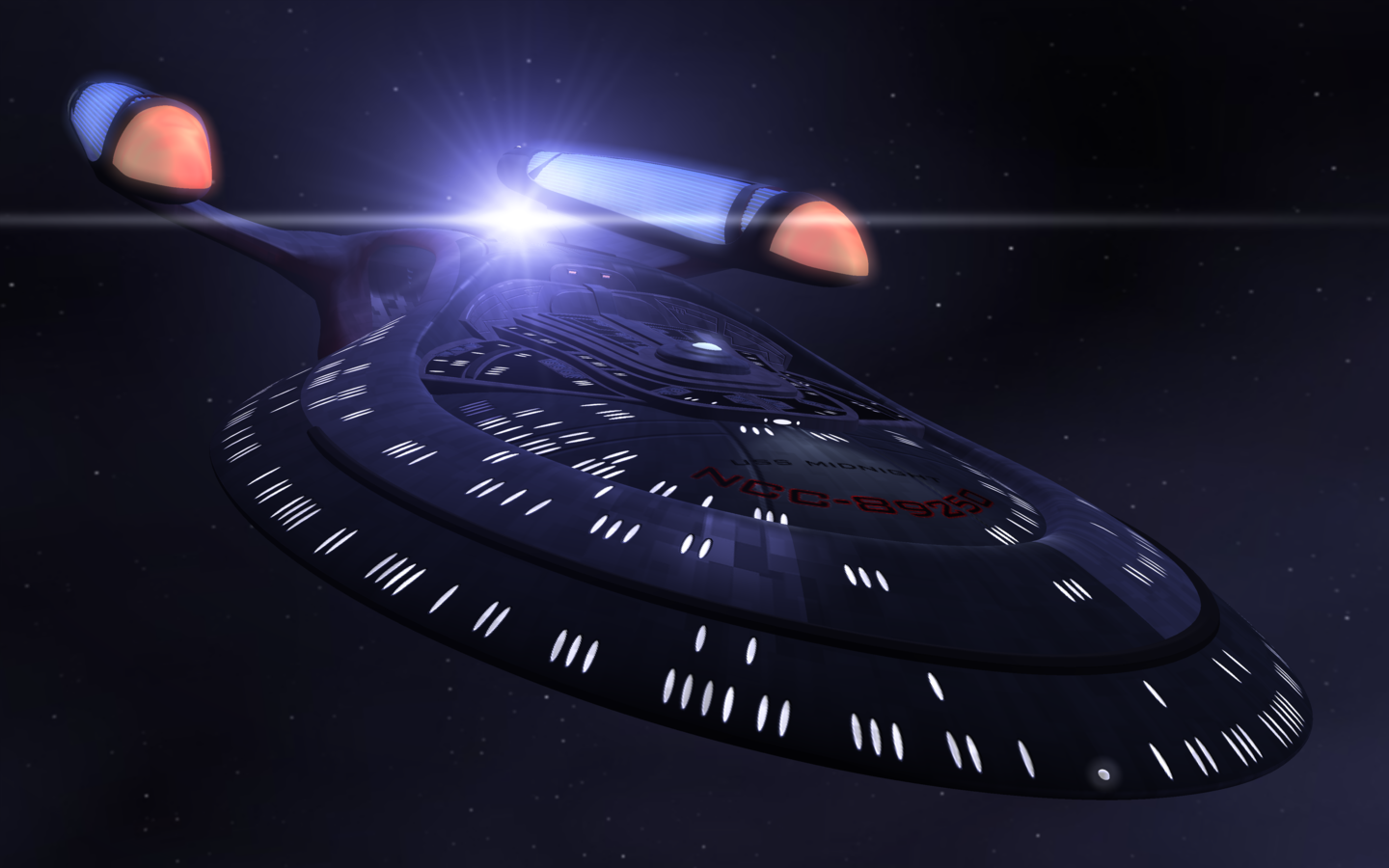
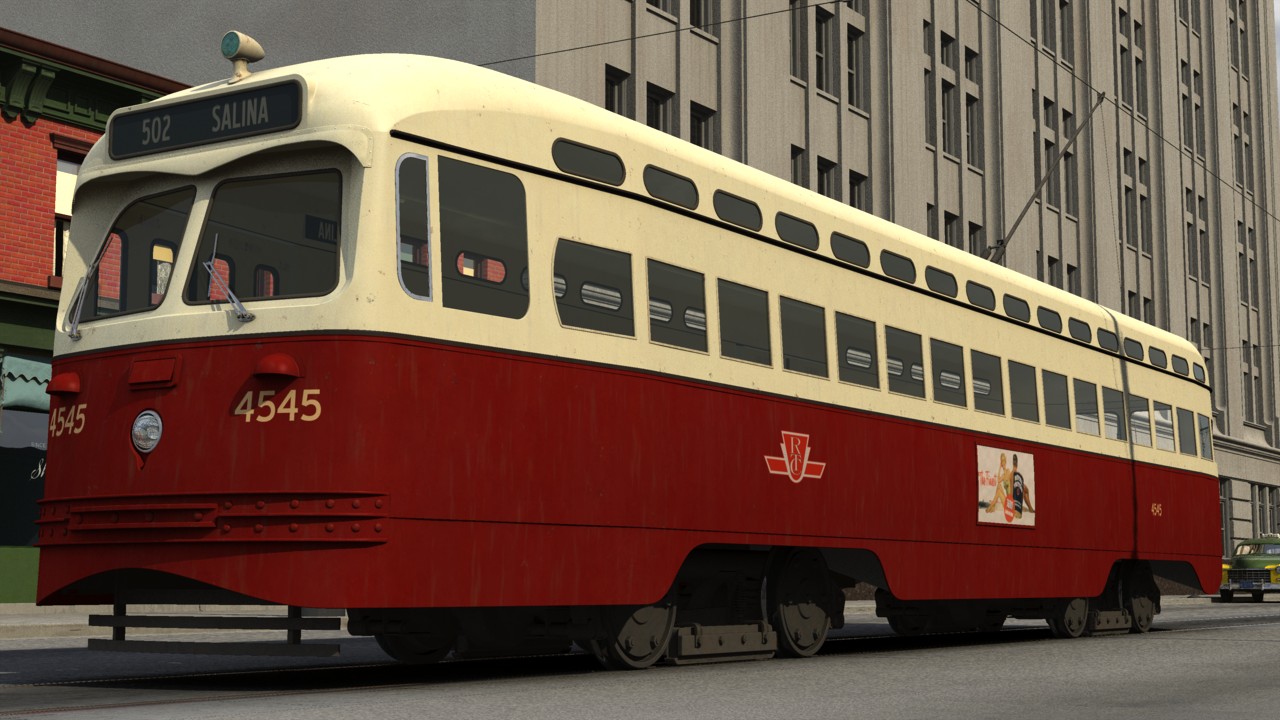
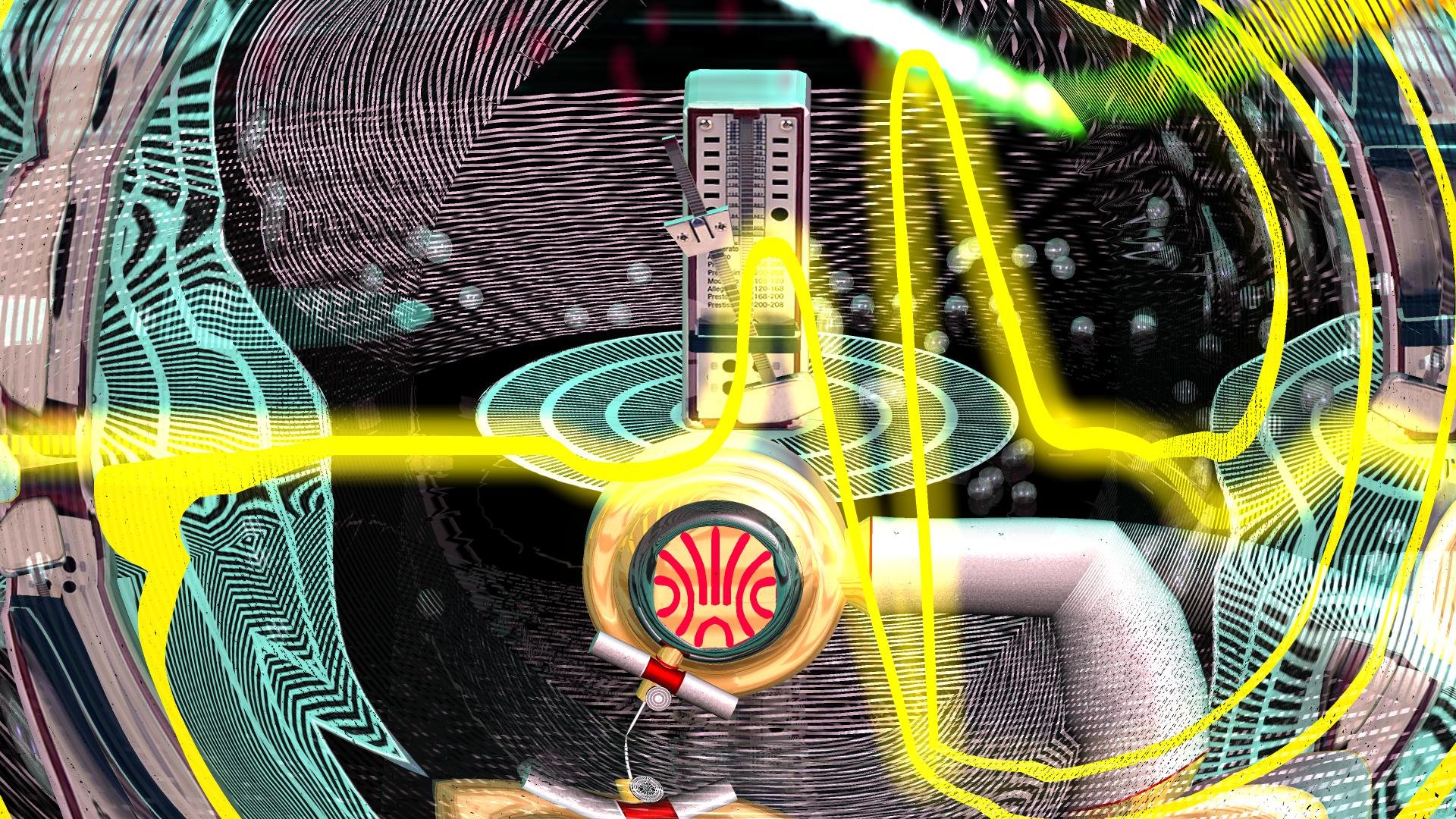

MUFOOF
in A:M Tutorials & Demos
Posted
XTAZ:
The propller spining beyond the Nyquist rate concept is fantastic and its been something I've looking to simulate for a long time. I have one additional challenge though... Is it possible to use a value drawn from a pose to set the number of cycles through an expresion? This would allow one to control the PRM of the propeller like a throttle throughout an action.
Pixmite